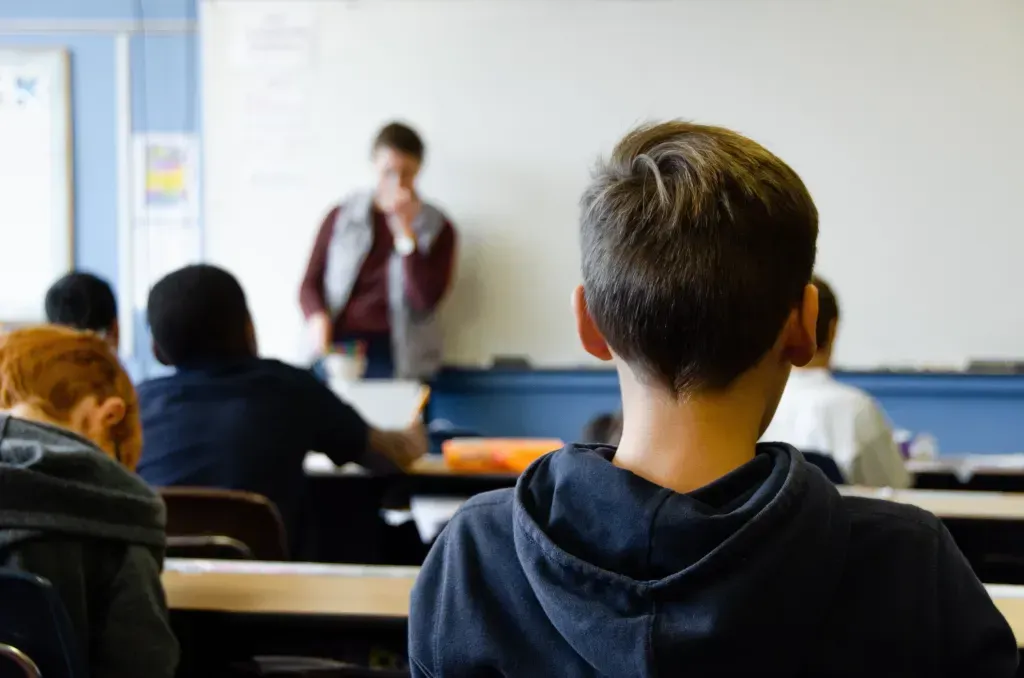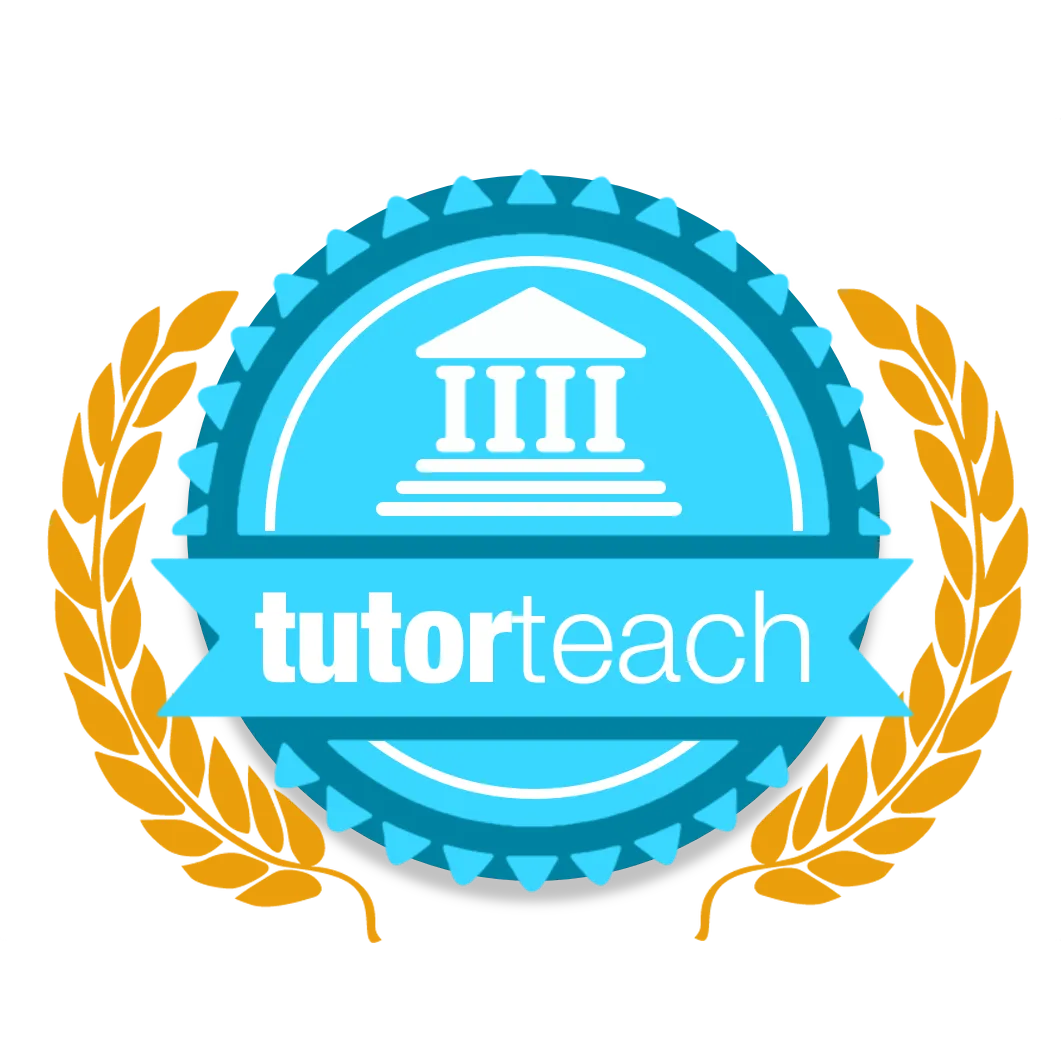
Bridging The Covid Learning-Gap: Startling New Evidence Indicates a Long Road Back
Over three years have passed since the Alberta Government introduced its $45 million plan to address the learning gaps in children, born as a result of the Covid-19 pandemic and the subsequent school closures; yet students still continue to struggle with the learning loss that took place at such a critical age. In the spring of 2021, the Alberta Government announced they would follow suit to other regions around the world and allocate funding to address and correct the vast learning gaps present in Albertan students. These gaps still linger as a result of the mandatory school closures and the shift to remote learning across the province for the better half of 2020 and 2021, and according a report out of the UK, could take upwards of a decade to close.

Child in School Learning. Photo by Taylor Flowe on Unsplash.com
Since 2019, Grade 9 Provincial Achievement Tests (PAT) Below Acceptable Standard scores–a grade lower than 50%–have jumped 21% in Math, 49.5% in Social Studies, 53% in Science, and 11% in English Language Arts.

Data obtained from the Government of Alberta PAT Multiyear Province Report
Furthermore, students in grade one through eight have fallen behind in both their reading and writing skills. According to the Edmonton Public School Board’s (EPSB) 2022-2023 Annual Education Results Report (AERR), every grade level–one through eight–has seen the number of students reading and writing at or above grade level, decrease drastically post-pandemic. Grade 4 students are seeing the largest discrepancy between their pre- and post-pandemic reading levels, with an 8% drop.

Data obtained from EPSB Annual Education Results Report (2022-2023)
Similarly, the rate of students writing at or above grade level on their Alberta Highest Level of Achievement Tests (HLAT), has dropped since 2019, with Grade 4 students, again, seeing the largest gap and a drop of 10.4%.

Data obtained from EPSB Annual Education Results Report (2022-2023)
This is of particular concern as grades three and four are distinctly crucial for reading and literacy, as students make the leap from learning to read, to reading to learn. The Government of Alberta acknowledged in a press release that if these reading difficulties are not addressed by the end of Grade 3, 75% of those students could continue to struggle with reading throughout the rest of their school careers.
Young students have also faced challenges outside of their academics as a direct result of the school closures and shift to online learning. As Lara Courtepatte–co-founder of Tutor Teach and mother to four–explains, the pandemic has left both children and parents alike, feeling lost and unsupported.
Lara’s two sons, aged two and four when the pandemic first began, have faced distinct challenges as a result of the school closures, and her and her husband have stopped at nothing to get them caught up ever since.
“For [my] two year old what we really noticed with him was his social skills didn’t develop and his self regulation skills didn’t develop as a result of the pandemic because he wasn’t able to be socialized” she explained. “When he was able to start going to school and the doors opened back up there was a significant social gap with him and his self regulation skills really lacked and they continue to lack…and now he’s almost seven, so it continues to haunt him five years later.”
And as for her four-year-old, while his social skills were established pre-pandemic, he developed gaps within his academics instead. “He was very delayed in his fine motor skills, so his writing was really behind, even though we practiced at home it just wasn’t enough.” While Courtepatte acknowledges the efforts being done by the current government in an attempt to narrow the learning gap, she is certainly not alone in arguing that it has simply not been enough.
One of the biggest issues Courtepatte has identified is that schools are operating under resourced, understaffed, and underfunded. “There’s no support for the teachers which means the kids are lacking support as well.”
According to a report out of Harvard’s Center for Education Policy Research (CEPR), schools will not be able to recorrect this damage done, alone. “We must create learning opportunities for students outside of the normal school calendar, by adding academic content to summer camps and after-school programs and adding an optional 13th year of schooling” CEPR faculty director, Thomas Kane explained in a statement.
This is why Courtepatte founded Tutor Teach, an education company based in Sherwood Park, Alberta, that aims to close learning gaps between the classroom and home, and more recently, the learning gap that was created as a bi-product of the COVID-19 school closures.
Supplementary education like tutoring and educational camps are showing promising signs of bridging this learning gap, particularly if support methods are introduced early.
Since the introduction of the plan conceived by the United Conservatives in 2021–which allows schools to individually assess their student’s needs and direct the funding where they found most suitable–data shows that 70,000 students regained an average of almost seven months of literacy and numeracy development. The data also showed that approximately 20 per cent of students still require continued intervention to catch up. In 2022, the Alberta Government pledged an additional $113 million in funding over three years to combat mental health, wellness, and learning loss that resulted from the pandemic.

